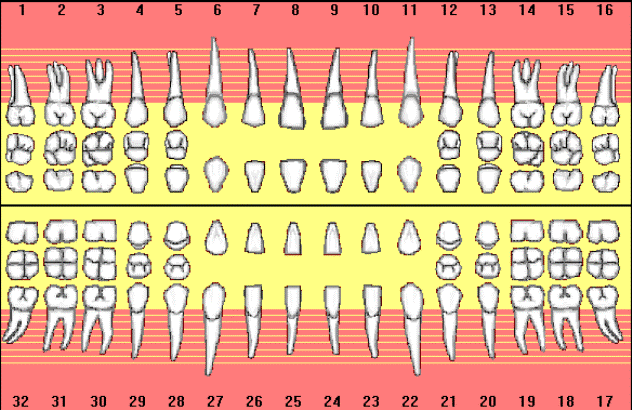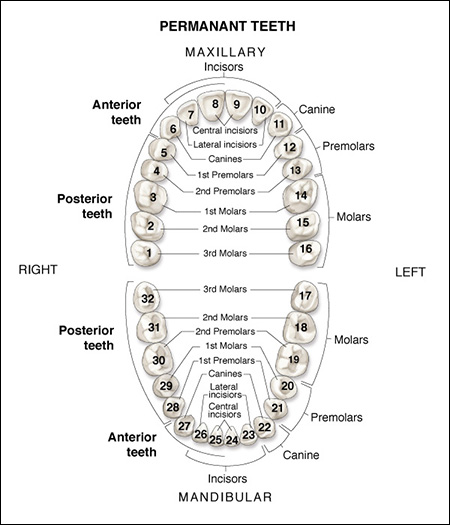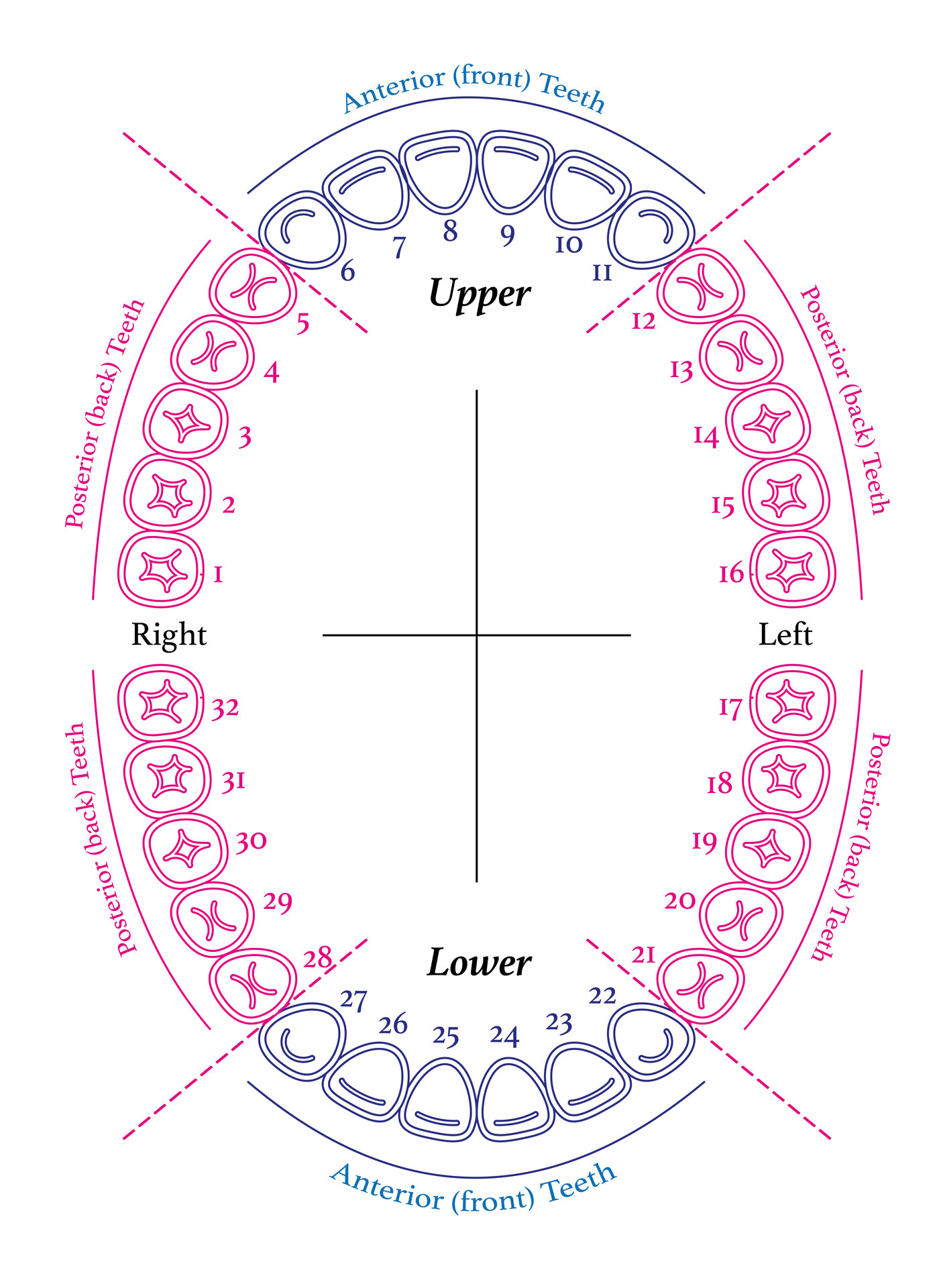

A panoramic radiograph is one of the mostĬommon dental radiographic examinations as it allows to screen a broad anatomical region andĪt the same time requires a relatively low radiation dose. Lower jaws in one single image to apply CNNs. This study is focused on the analysis of panoramic radiographs that depict the upper and detection of colitis on abdominal CT 14 or brain lesions detection on brain MRI. In particular, CNN architectures for object detection have not been used yet inĭentistry, while this approach was successfully used in other types of medical applications,Į.g. 6 These works demonstrated promising results, but it is still an underdeveloped area of In dentistry, the application of CNNs has been studied for cephalometric landmark detection, 11,12 teeth structures segmentation, 13 and teeth classification. State-of-the-art approach for various computer vision tasks. Currently, CNNs are used in numerous applications and represent a ImageNet Large Scale Visual Recognition Competition challenge, 7 the deep learning revolution came to computer vision, and CNNs have enjoyed rapidĭevelopment ever since. CNNs were first introduced more than twoĭecades ago, 8 but in 2012, when the AlexNet architecture significantly outperformed other teams on Typically applied for image recognition tasks. CNNs areĪ standard class of architectures for deep feedforward neural networks, and they are In the present study, CNNs for both detection and numbering of teeth are applied. 5 Miki et al 6 presented a convolutional neural network (CNN) model based on the AlexNet network 7 to classify manually isolated teeth on CT achieving a classification accuracy of These papers reported the classification accuracy results of 0.98 4 and above 0.94. Teeth, support vector machines (SVM), sequence alignment algorithm 4 and feedforward neural networks (NNs) 5 were used. Hosntalab et al 5 used wavelet-Fourier descriptor to represent the shape of the teeth. al 4 utilized the parameters such as width/height teeth ratio and crown size, when

To extractįeatures from segmented teeth, Lin et. al 4 and Hosntalab et al 5 methods consisted of two stages: feature extraction and classification.
Teeth numbers usa manual#
Miki et al 6 used a manual approach to place bounding boxes enclosing each tooth on CT images.įor teeth numbering, Lin et. Teeth with the recall (sensitivity) of 0.94 and 0.88 respectively. Techniques, such as thresholding, histogram-based, and level set methods. al 4 and Hosntalab et al 5 proposed pixel-level segmentation methods based on traditional computer vision Pre-processing step for further pathology detection.ĭuring the last decade, a number of studies addressed this problem. Records for dental history taking and treatment planning. 3 An algorithmic solution may be used to automatically fill in digital patients’ 1 In this paper, the problem of teeth detection and numbering in dental radiographsĪccording to the FDI two-digit notation was studied. Reduce the negative effects of stress and fatigue in daily practice. 1 Automated solutions might help dentists in clinical decision-making, save time, and They do not aim to substitute the medical experts but rather to assist them. Monitoring of dental health, and treatment planning.Īlthough CAD systems have been used in the clinical environment for decades, in most cases In dentistry, processing of radiographic images became an important subject ofĪutomation too, as radiographic image interpretation is an essential part of the diagnosis,

1,2 The increasing popularity of digital radiography stimulates further research in theĪrea.

CAD systems assisting physicians and radiologists inĭecision-making have been applied to various medical problems, such as breast and colonĬancer detection, classification of lung diseases, and localization of brain lesions. The growing accessibility of digital medical data, rising computational power, and progress Oral health: A windowto your overall health.In the last two decades, computer-aided diagnosis (CAD) has developed significantly due to You can learn more about how we ensure our content is accurate and current by reading our editorial policy. Healthline has strict sourcing guidelines and relies on peer-reviewed studies, academic research institutions, and medical associations.


 0 kommentar(er)
0 kommentar(er)
